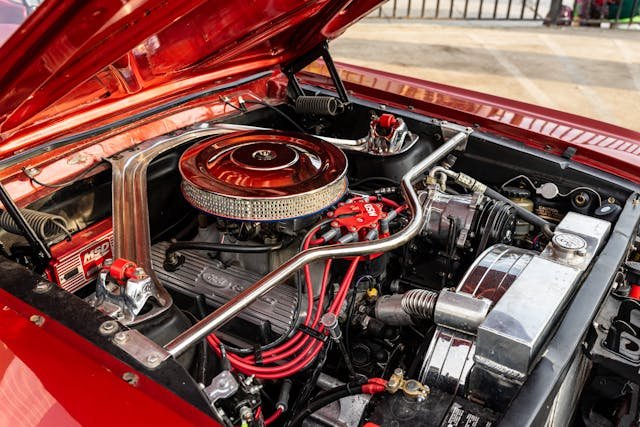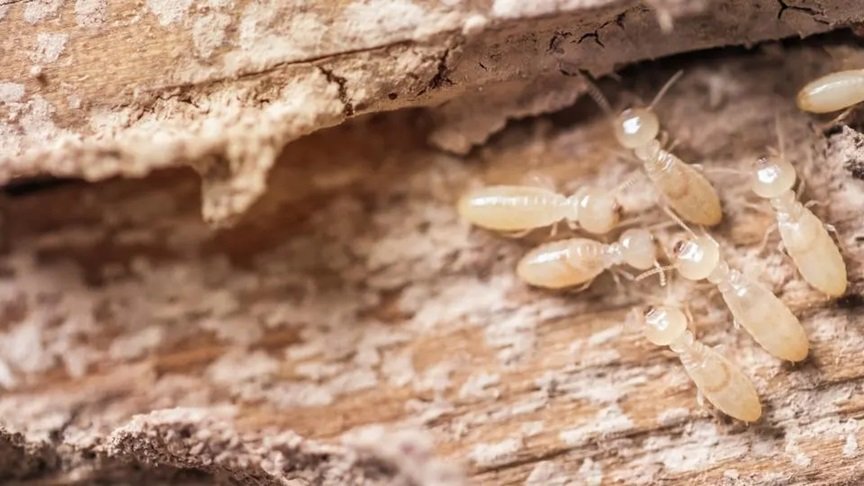
Industrial Crane Mats: Innovations and Environmental Impact
For many years, the construction industry has been using crane mats, which have been a reliable solution for safety and support both to equipments and workers. Thankfully, the past few years have witnessed exciting developments in terms of materials and designs related to crane mats. Lighter, stronger, and more eco-friendly materials are beginning to emerge, which have many benefits while causing less damage to the environment. This article explores these advancements and how they can elevate your construction projects.
Advantages of Modern Industrial Crane Mat
The advantages of crane mats are not only their weight efficiency and eco-friendliness, but they go beyond these. An ASCE (American Society of Civil Engineers) 2024 study indicates a higher rate of resilience and strength in these cutting-edge materials. Industrial crane mats of high-caliber hardwood and timber withstand larger loads and more difficult circumstances or terrain. This implies longer life expectancy for mats, thus less replacement costs and lower waste generation.
Maintaining safety has become another signature attribute of modern crane mats. Most of the solutions already have combined mechanisms that form smooth, trip-free surfaces for workers. Furthermore, various mats have anti-slip textures in order to provide traction and prevent slips, especially in wet or dirty areas.
Cost-effectiveness is a primary factor that holds the key to any construction project. The higher initial price of several of these innovative crane mats relative to the traditional ones can be justified due to their multiple benefits, which translate into long-term savings. Their durability leads to a decrease in replacement costs, their low weight significantly minimizes transportation costs, and their simple usability minimizes labor demands.
Environmental Impact of Industrial Crane Mat
While crane mats can be considered products offering a variety of benefits, there is also a need to look at the surrounding environment before finally deciding to buy them. The wingdings of development projects by the mere fact of their functioning, leave behind an environmental footprint. On the other side, if you take well-informed decisions, you can keep it to the minimum to choose your travel behavior.
To begin with, the carbon footprint in producing the crane mats and even in their transport is another major issue. Here, there might be a possibility of employing eco-friendly materials, such as recycled or sustainably harvested materials, which becomes a powerful factor that makes one’s product stand out.
The EPA of the United States 2024 report calls attention to the necessity of carrying out life cycle assessments (LCAs) whenever the environmental impacts of construction materials are to be evaluated. LCAs incorporate all the environmental consequences of product at each stage in its life, from start to finish and with this, they don´t leave anything out. Considering environmentally safe mats with low carbon emission for all stages of their life cycles is pivotal for environmentally friendly construction practices.
The Sum-ups
The emergence of crane mats will bring tremendous changes to the construction environment. Innovative materials and designs offer durability improvements, safety feature upgrades, as well as lower maintenance costs. Cradle-to-cradle mat life cycle assessment needs to be taken into account alongside the product performance. You can make such a project successful by using ecological materials and placing vital priority on life cycle evaluation, which excels in innovation and environmental responses, guaranteeing balanced final results.
















